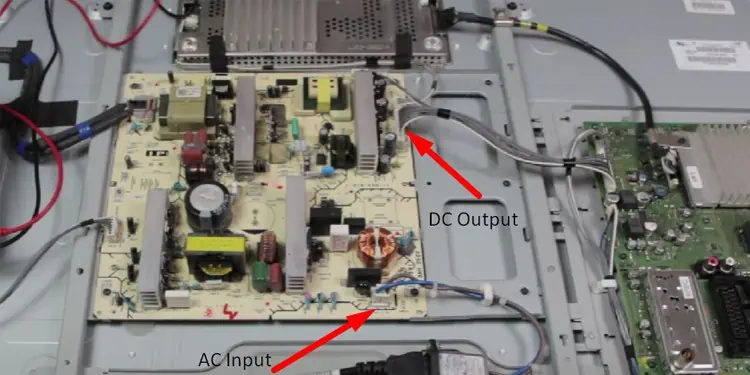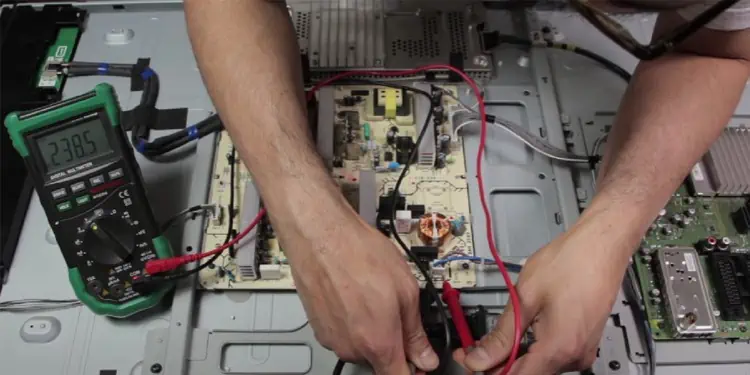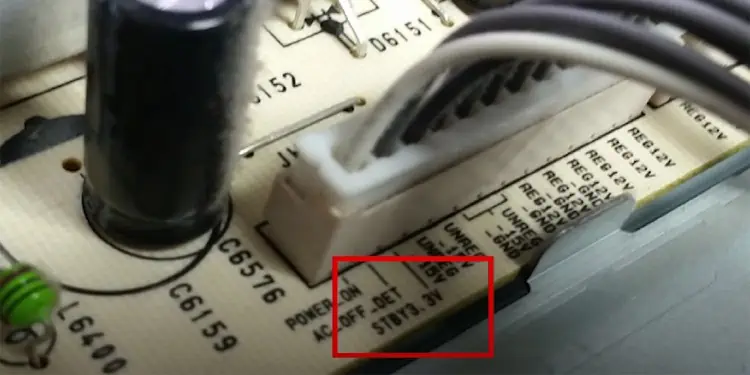Your TV should turn on after pressing the power button on the remote. However, sometimes, the TV may refuse to turn on.
This issue primarily arises due to hardware failure rather than software issues. Your TV may fail to turn on even if a minor hardware component is faulty. Glitches in the power circuitry and loose cable connections are the key causes of the problem. But, there may be significant issues like a blown fuse or capacitors which may require further troubleshooting.
Luckily, there are a few things that you may look after yourself before taking it to a repair center. Keep reading to fix your TV that won’t turn on.
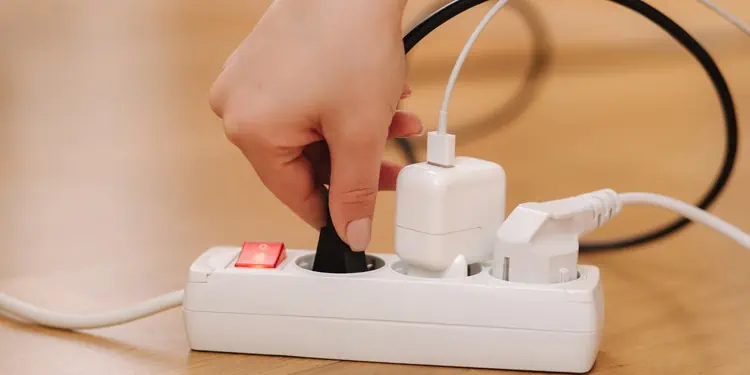
How to Fix If Your TV Won’t Turn On?
If your TV doesn’t turn on, it might initially seem like a massive issue. However, you don’t need to panic. Provided that there is no major hardware failure, a few troubleshooting techniques can help you get your TV back.
The issue primarily arises due to power glitches in the circuit board of your TV. you may perform a soft reset and solve the glitch in such cases. Most of the time, a soft reset will solve the problem without further exploration.
To do a soft reset, unplug the power cable from the supply. Wait about a minute. Then, press the power button on the TV panel for about 30 seconds. It will help drain the residual power from the capacitors and solve the power glitch. Then replug the cable and attempt to turn on the TV. It should solve the problem.
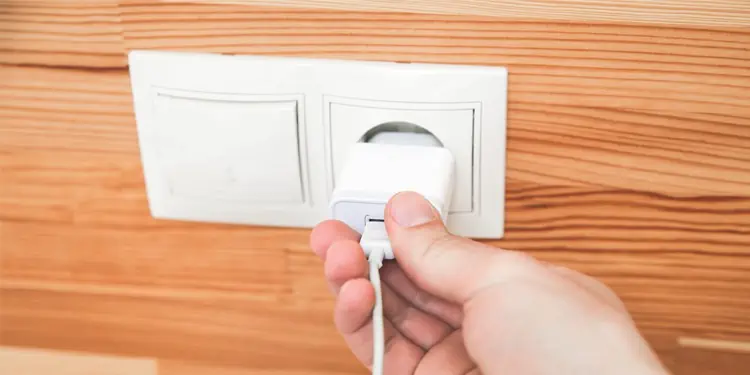
Check the Cable Connections
Since the problem is directly concerned with the power supply, you should also verify if the power cord of the TV is connected correctly to the wall socket. you may trychanging the power socket. You can use an electric tester pin to determine if the socket is faulty.
If you don’t have one, connect another device, like a phone charger, to inspect if the power socket is faulty. If it works, there is no issue with the power socket; the power cord or TV is probably faulty.
Likewise, if the power cord is connected to a voltage regulator, remove it from there and connect it directly to the wall outlet, as a faulty voltage regulator will also prevent the TV from turning on. Next, you need to see if there is any breakage in the power cord. Inspect it thoroughly. If there is any breakage, you may quickly get a replacement cord.
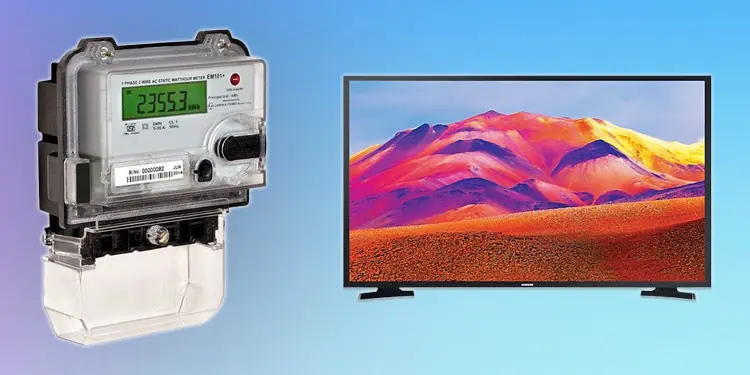
Solve the Power Supply Issues
Most modern TVs utilize a voltage level between 110-240 volts to operate correctly. Anything above or below the level can cause issues, and you may not turn on the TV.
you may see your home’s electrical distribution box or sub-meter to know what voltage your TV is getting. If you are using a voltage regulator or a surge suppressor, it will also show the input and output voltage. If it marks a voltage of anything lower than 110V or higher than 240V, the TV may not turn on. You need to contact the electricity distribution center to sort out the problem.
Clean the Connection Ports


